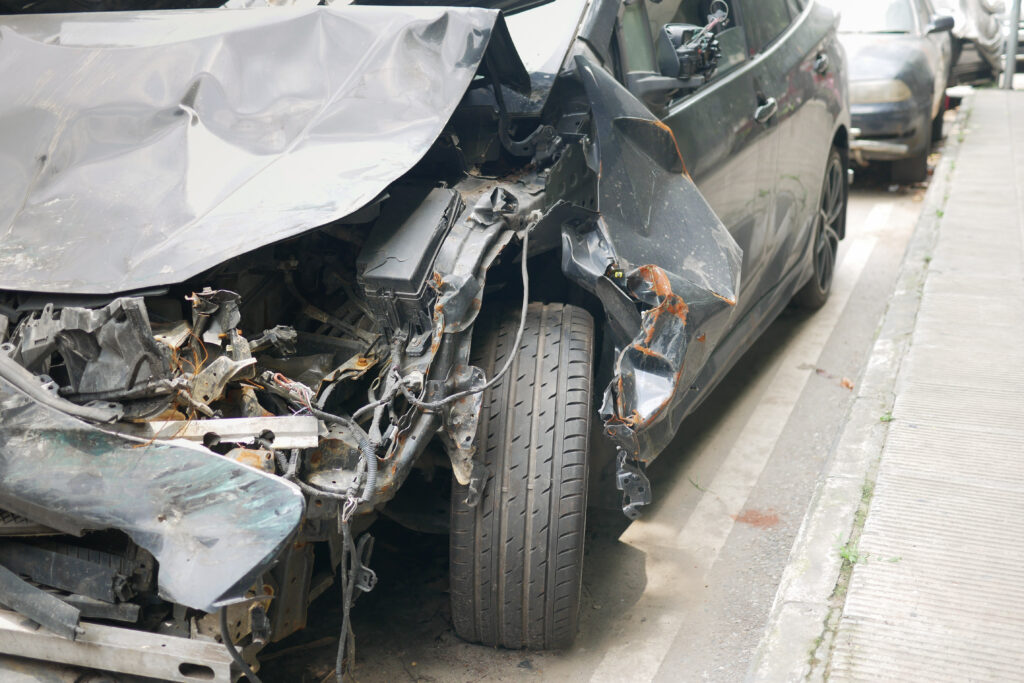How a Personal Injury Attorney Calculates Compensation for Car Crash Injuries
Car crashes are a grim reality that leaves tangled metal, lives disrupted, and a toll in their wake. The aftermath often involves not just physical recovery but a confusing and complicated mix of financial and legal ramifications.

In the aftermath of a car crash is the calculation of compensation for injuries. This is performed by a personal injury lawyer who understands the law and the human suffering involved for survivors. If you have been involved in a car crash and have sustained injuries, contact a car accident lawyer to handle your personal injury case.
The Anatomy of Compensation
When a personal injury attorney assesses a claim arising from a car crash, the overarching goal is to ensure the client receives a fair and comprehensive settlement or verdict should the case proceed to trial. This is not just a matter of covering medical bills. It also addresses the economic and non-economic damages left in the wake of the car crash.
Economic Damages
Economic damages are relatively straightforward. These include current and future medical expenses, lost wages, rehabilitation costs, and other out-of-pocket expenses directly attributable to the accident.
To calculate medical costs, attorneys compile detailed records of treatments, medications, surgeries, and ongoing care requirements. Future medical expenses are often estimated in consultation with healthcare providers, who can project long-term treatment needs stemming from the injuries.
Lost wages are calculated by considering the victim’s salary, the number of workdays missed, and any future earning potential impacted by the injury. This includes not only immediate income loss but also diminished earning capacity if the survivor cannot return to their previous occupation or has to take a lesser-paying job due to their injuries.
Non-Economic Damages
While economic damages cover the quantifiable aspects of a victim’s loss, non-economic damages compensate for the intangible effects of a car crash. These intangibles include pain and suffering, emotional distress, loss of companionship, and reduced quality of life.
Quantifying non-economic damages poses a greater challenge. Attorneys often use a multiplier method, where the total economic damages are multiplied by a factor of between 1.5 and 5 depending on the severity and impact of the injuries. For instance, a debilitating injury resulting in chronic pain and long-term disability would justify a higher multiplier than a minor injury with a quick recovery.
The process of determining non-economic damages is inherently subjective, but it’s grounded in a thorough understanding of how the injury disrupts the victim’s daily life.
The Role of Evidence
Evidence is the bedrock upon which compensation claims are built. Personal injury attorneys gather and scrutinize a wide array of documents and testimonies, creating a comprehensive picture of the accident and its aftermath.
This includes:
- Medical Records: Detailed documentation from healthcare providers outlining the nature, extent, and treatment of injuries.
- Accident Reports: Police reports and witness statements that establish fault and context.
- Photographic and Video Evidence: Visual records of the accident scene, vehicle damage, and injuries.
- Expert Testimonies: Contributions from medical professionals, vocational experts, and accident reconstruction specialists who provide insights into the lasting impact of the injuries.
Attorneys weave pieces of evidence into a coherent narrative that substantiates a plaintiff’s claim and resonates with insurance adjusters or jurors.
Negotiation and Litigation
Negotiation is a critical phase in the journey towards securing compensation. Personal injury attorneys engage with insurance companies, armed with detailed evidence and an assessment of the claim’s value. The aim is to reach a settlement that adequately compensates the victim without the need for prolonged litigation.
If negotiations stall or the insurance company offers an unsatisfactory settlement, the case may proceed to court. Here, the personal injury attorney must present a compelling case to secure fair and equitable compensation. This involves the ability to convey the human element of the suffering the plaintiff endured as a result of the accident.
The Human Element
At the core of every personal injury claim is a human story. While legal frameworks and financial calculations are essential, they serve a greater purpose: to restore, as much as possible, the dignity and well-being of the injured party.
Each case is unique, reflecting the individual’s personal journey through recovery and adaptation. Personal injury lawyers advocate for a plaintiff’s right to live a life unburdened by financial and emotional upheaval imposed by an accident.
Conclusion

The calculation of compensation for injuries in a car crash involves the law, medicine, and human empathy. Personal injury attorneys must navigate this process with a commitment to securing fair restitution for their clients. It requires an unwavering dedication to understanding the full extent of their clients’ suffering and ensuring that the compensation awarded reflects not just the costs incurred, but the profound impacts on their lives.

